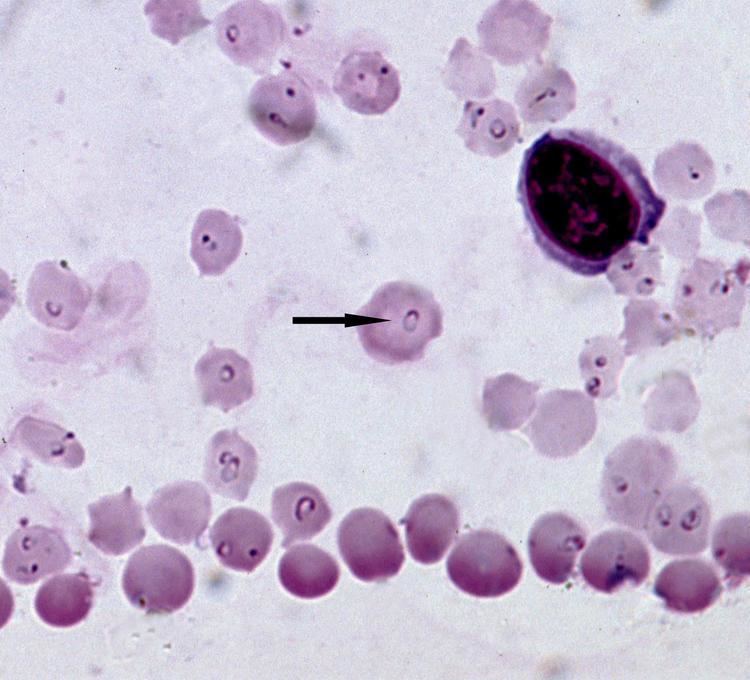In short
Theileria parva is a parasite which kills over 1 million heads of livestock annually in sub-Saharan Africa. Rhipicephalus appendiculatus, the brown ear tick, is the vector of this parasite. Mortality can approach 100% and the death of the animal occurs within 2 to 4 weeks. Protective immunity can be induced by the infection and treatment method (ITM) which consists in infecting the cattle with cryopreserved infective sporozoites (originating from homogenized infected ticks) while, at the same time, co-treating it with antibiotics. This project aims to optimise vaccine production and vaccine quality control.
Project summary
Theileria parva is a tick-transmitted protozoan parasite, closely related with Plasmodium which causes Malaria. Both parasites belong to the phylum Apicomplexa. Cattle can get infected with T. parva when infected ticks feed on them. Injected sporozoites rapidly infect the lymphocytes where they differentiate to form multinucleated schizonts. The latter cause transformation of the host cells resulting in an uncontrolled proliferation of lymphocytes. Cattle will show symptoms of pyrexia, lymphadenopathy and respiratory failure.
The only working vaccination strategy for East Coast fever is the Infection and Treatment Method (ITM) where animals are inoculated with live parasites in combination with long acting oxytetracycline. Vaccines are produced with live, infected ticks and the process is very time-consuming. With our expertise of in vitro cell cultures and sporozoite quantification using a Guava® EasyCyte™ flow cytometer, new approaches to ITM vaccine production and batch release become possible.
One of our objectives is to develop a standardised diagnostic viability test of sporozoites. It will be based on an in vitro infectivity test designed as an in process potency test. Sporozoite quantification in bulk tick material, using the Guava, will result in a faster evaluation of tick infection rates, compared to the current time consuming method of tick dissection and staining of the salivary glands. Another aim of the project is to support and train the staff of the Centre for Ticks and Tick-borne Diseases in Lilongwe, Malawi (the vaccine producing institute) with the use of serological and molecular assays.
Read More
Support of Theileria vaccine production at the Centre for Ticks and Tick Borne Diseases (CTTBD, Malawi) and development of an in vitro potency method [CTTBD-GALVmed]

Categories:


